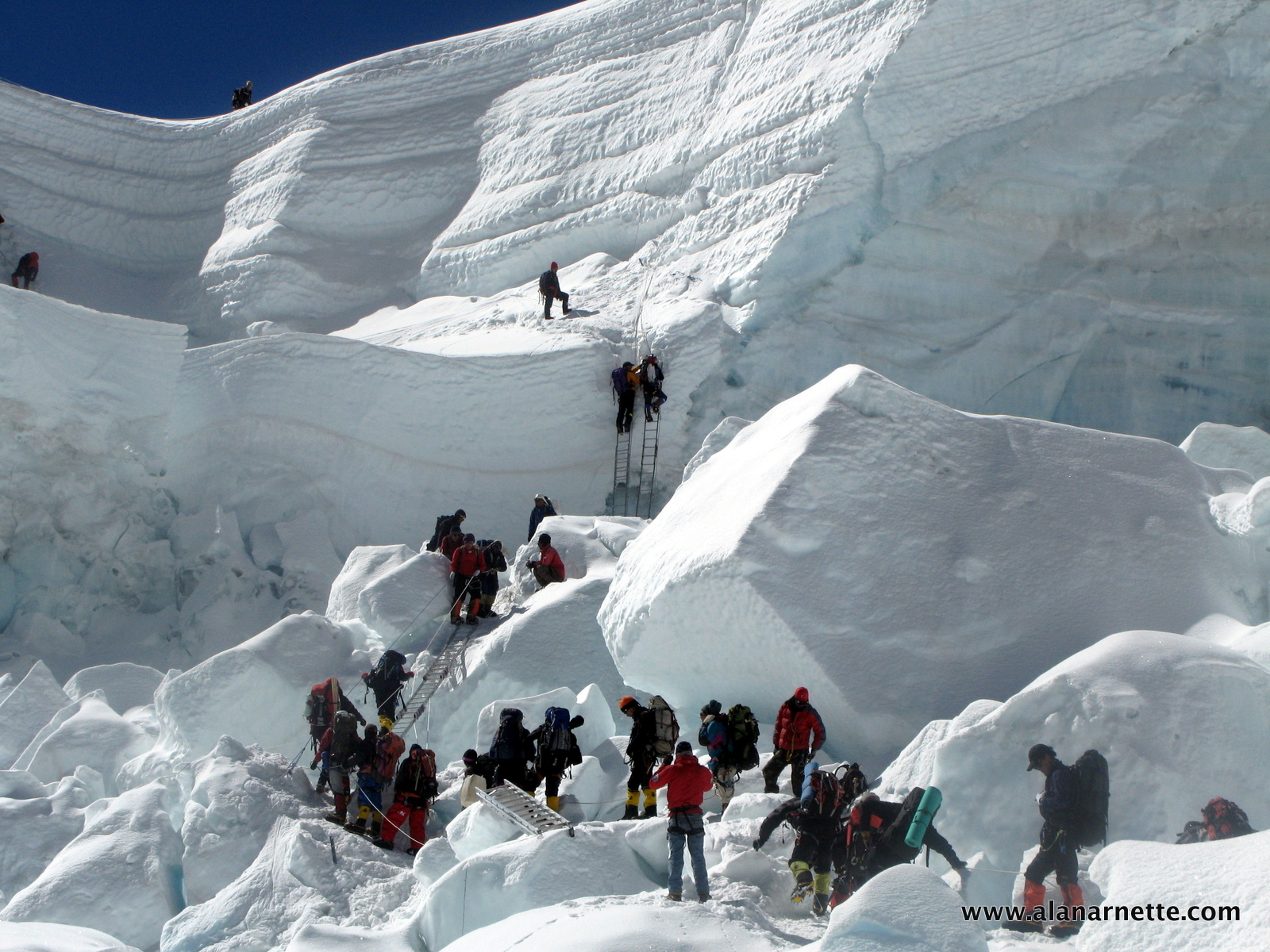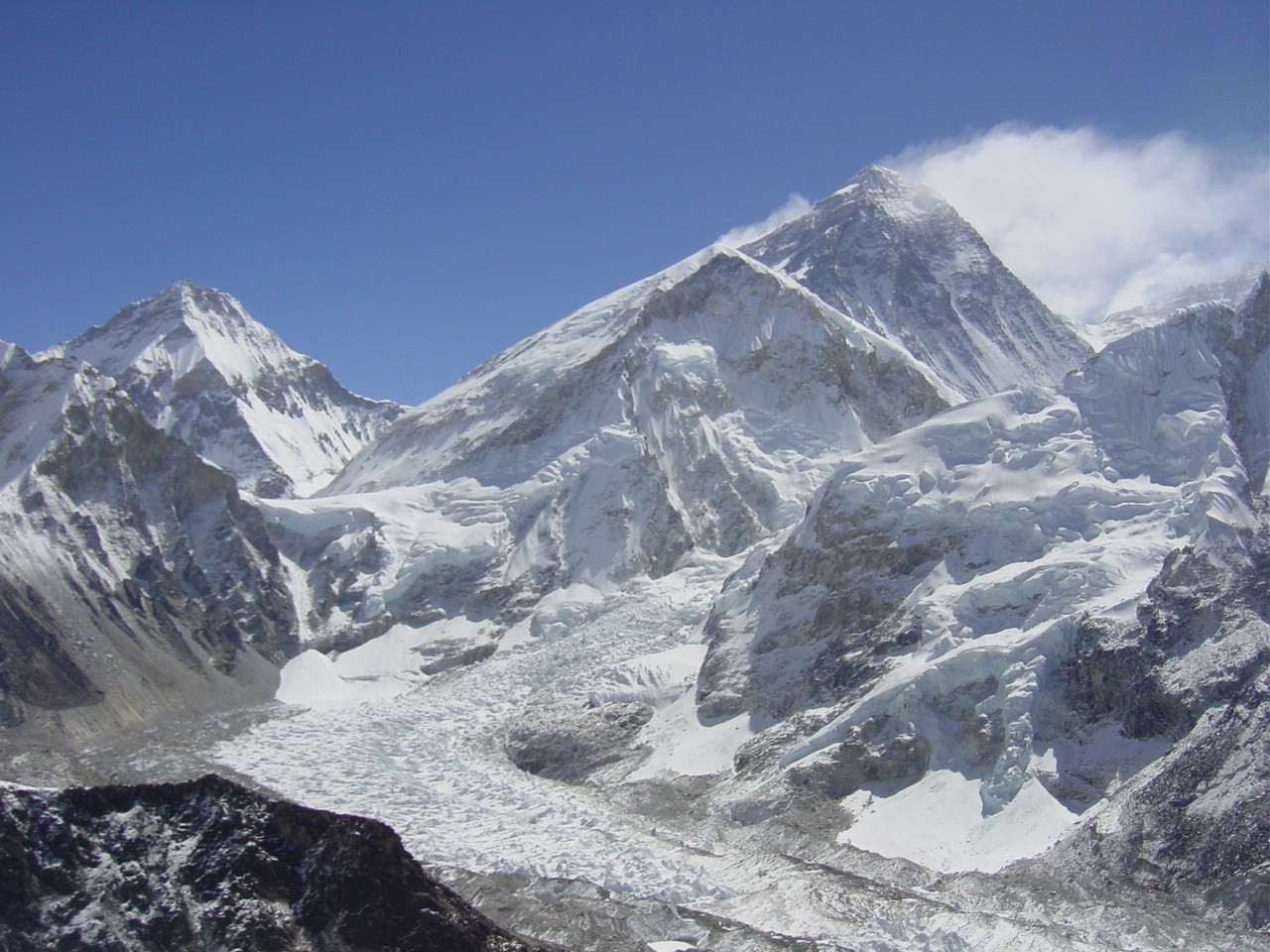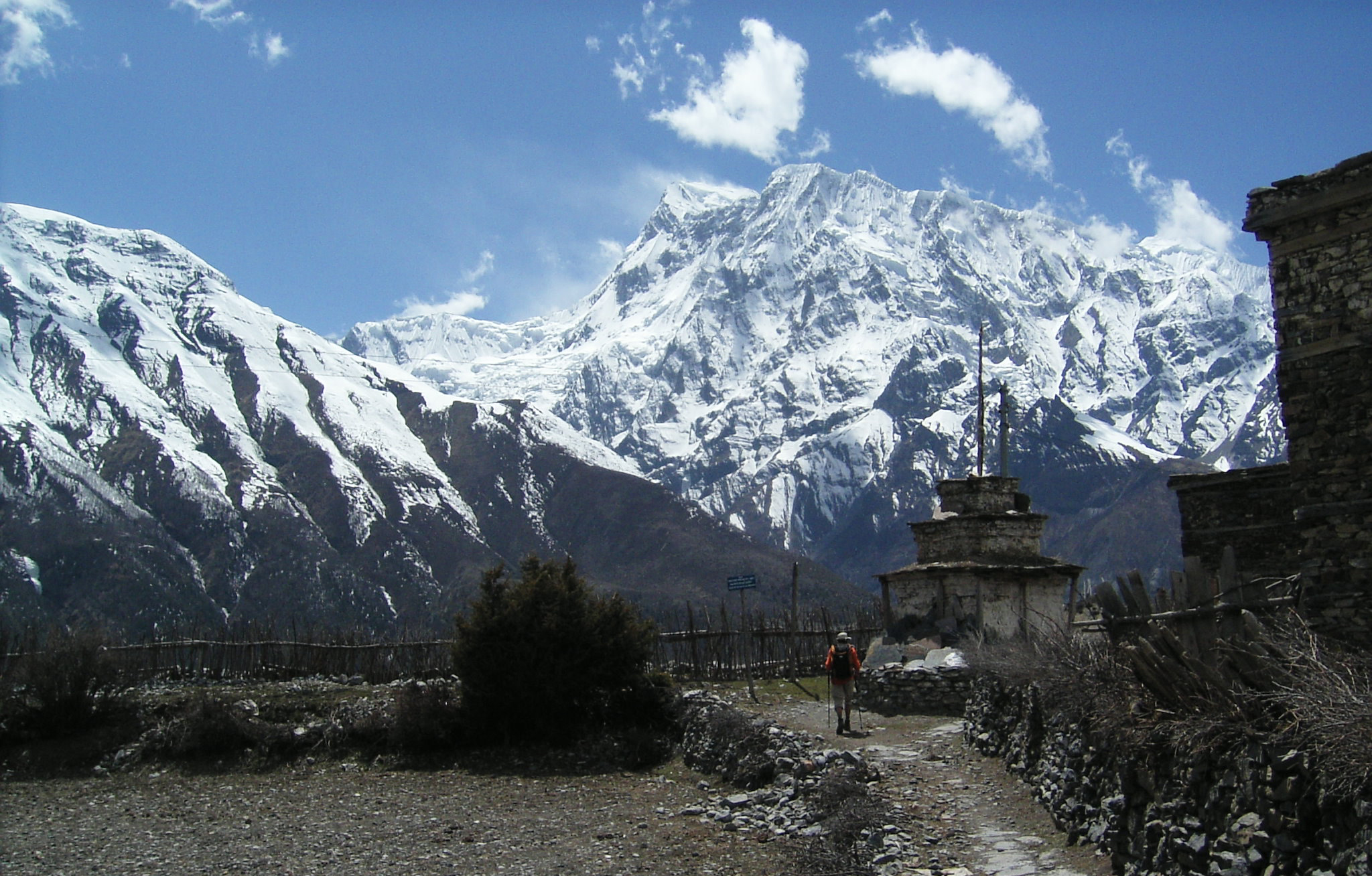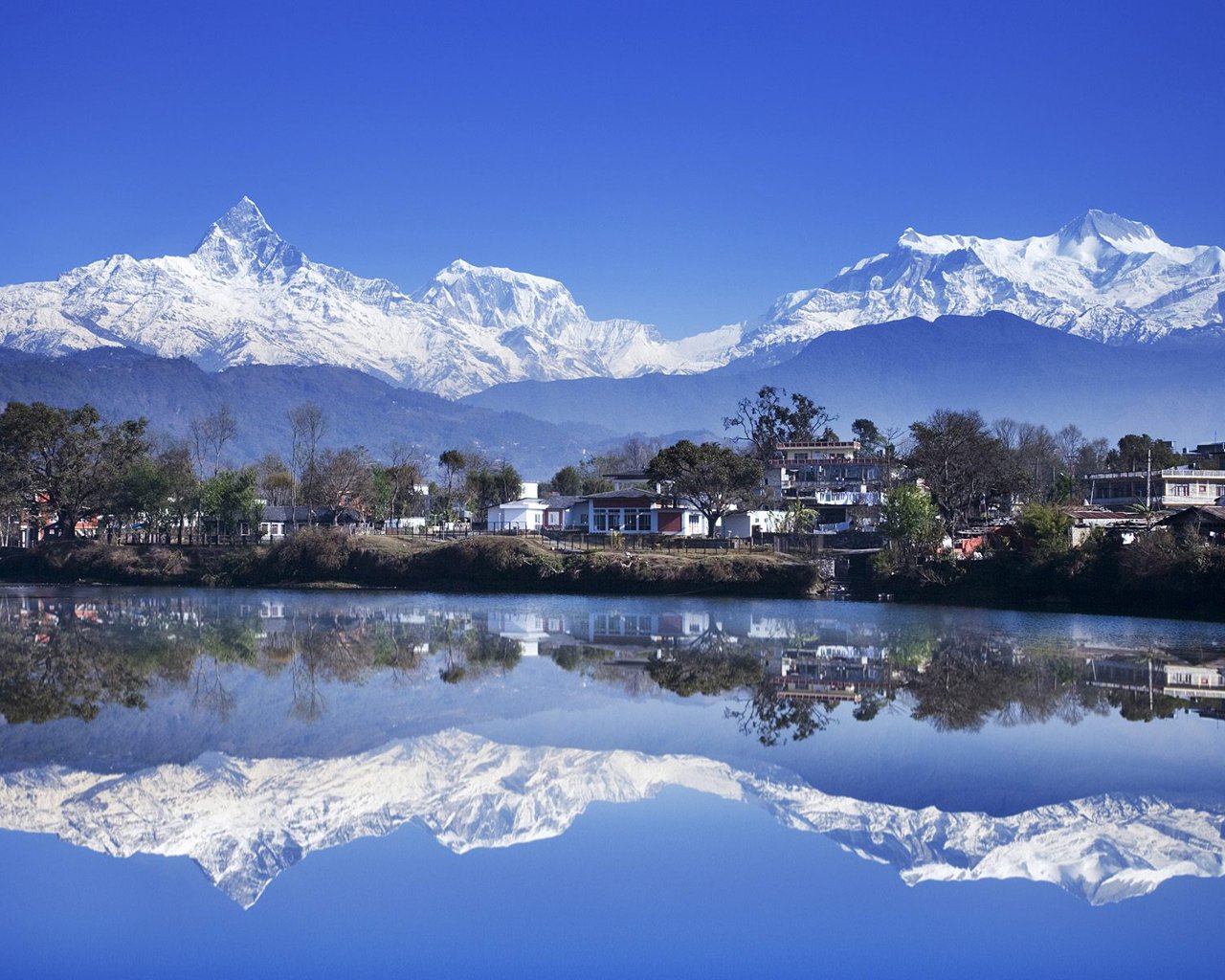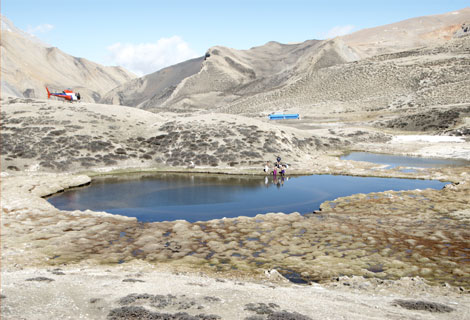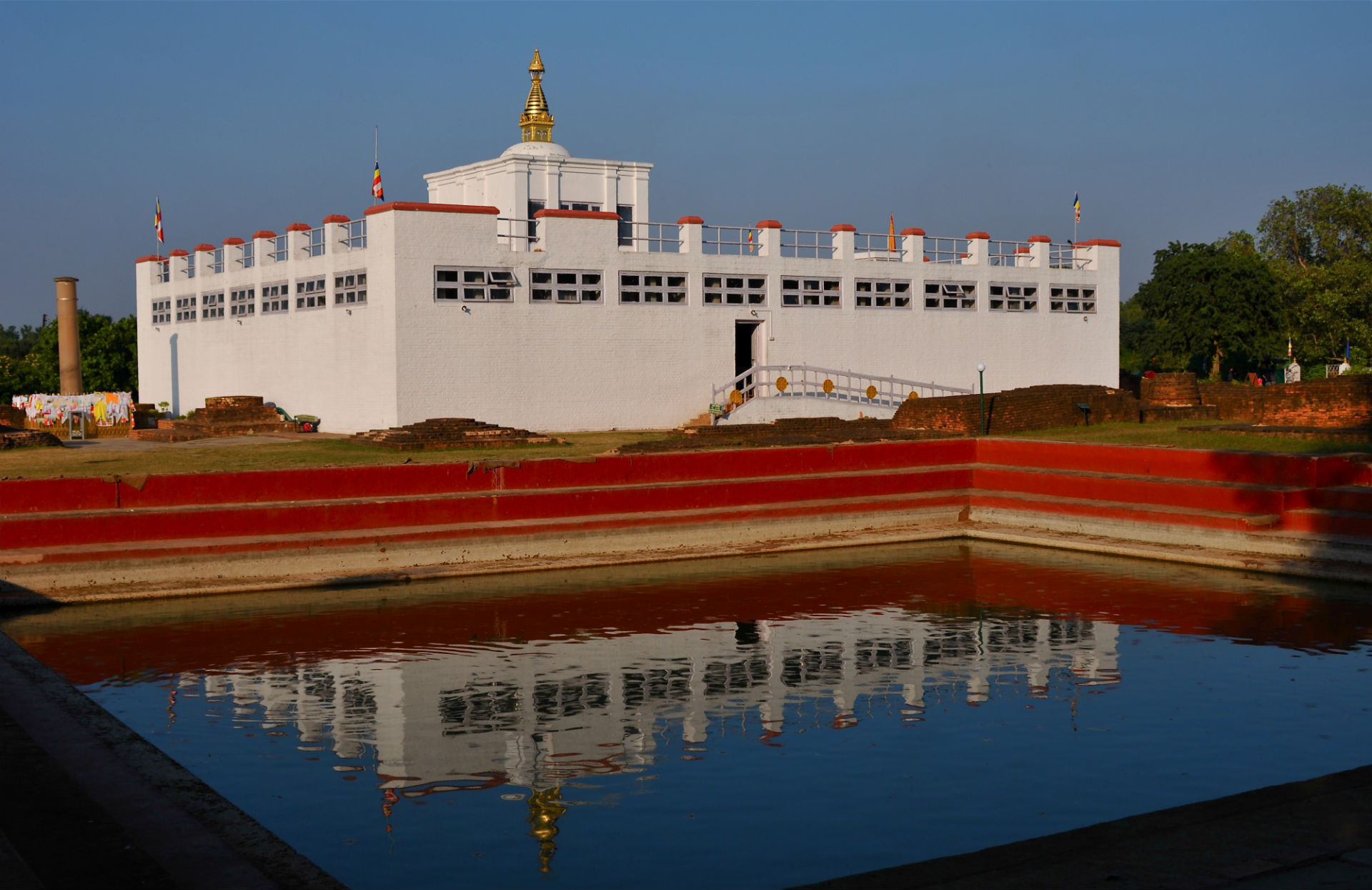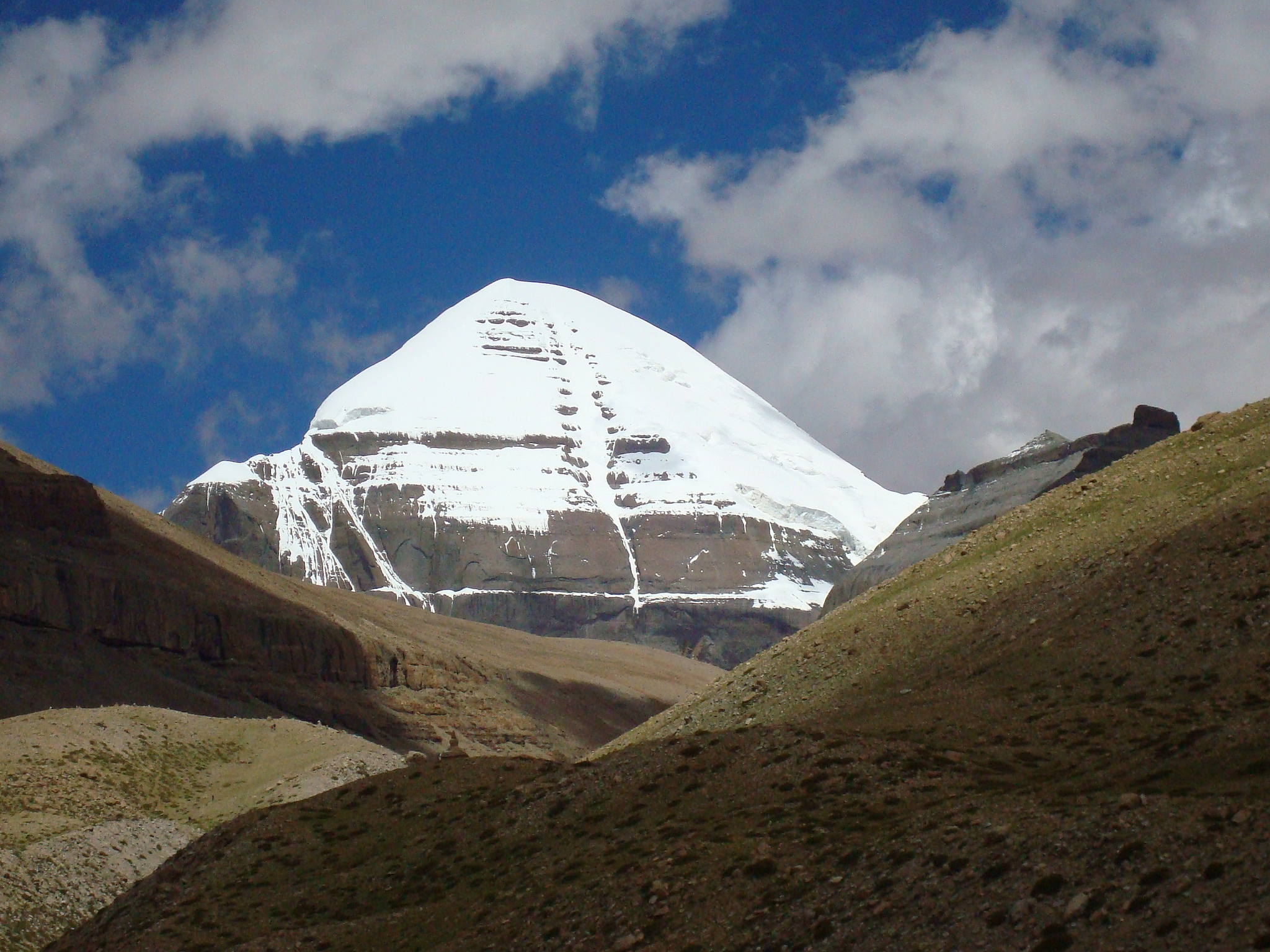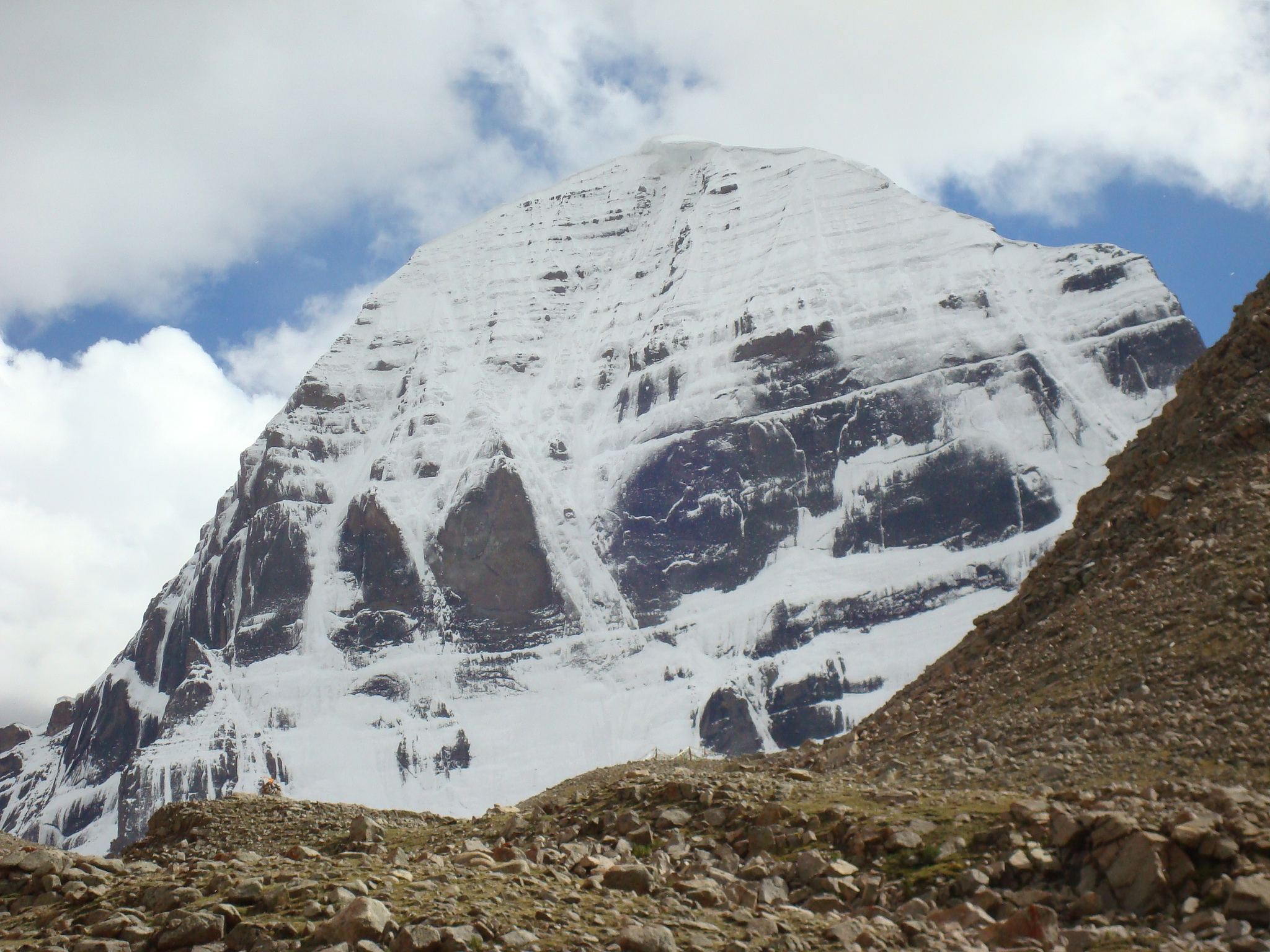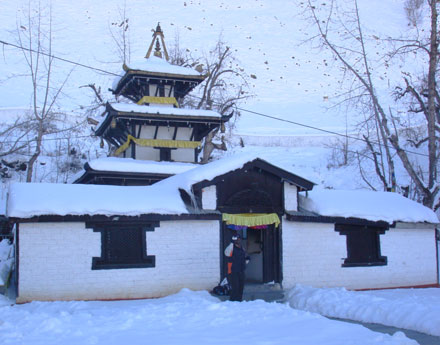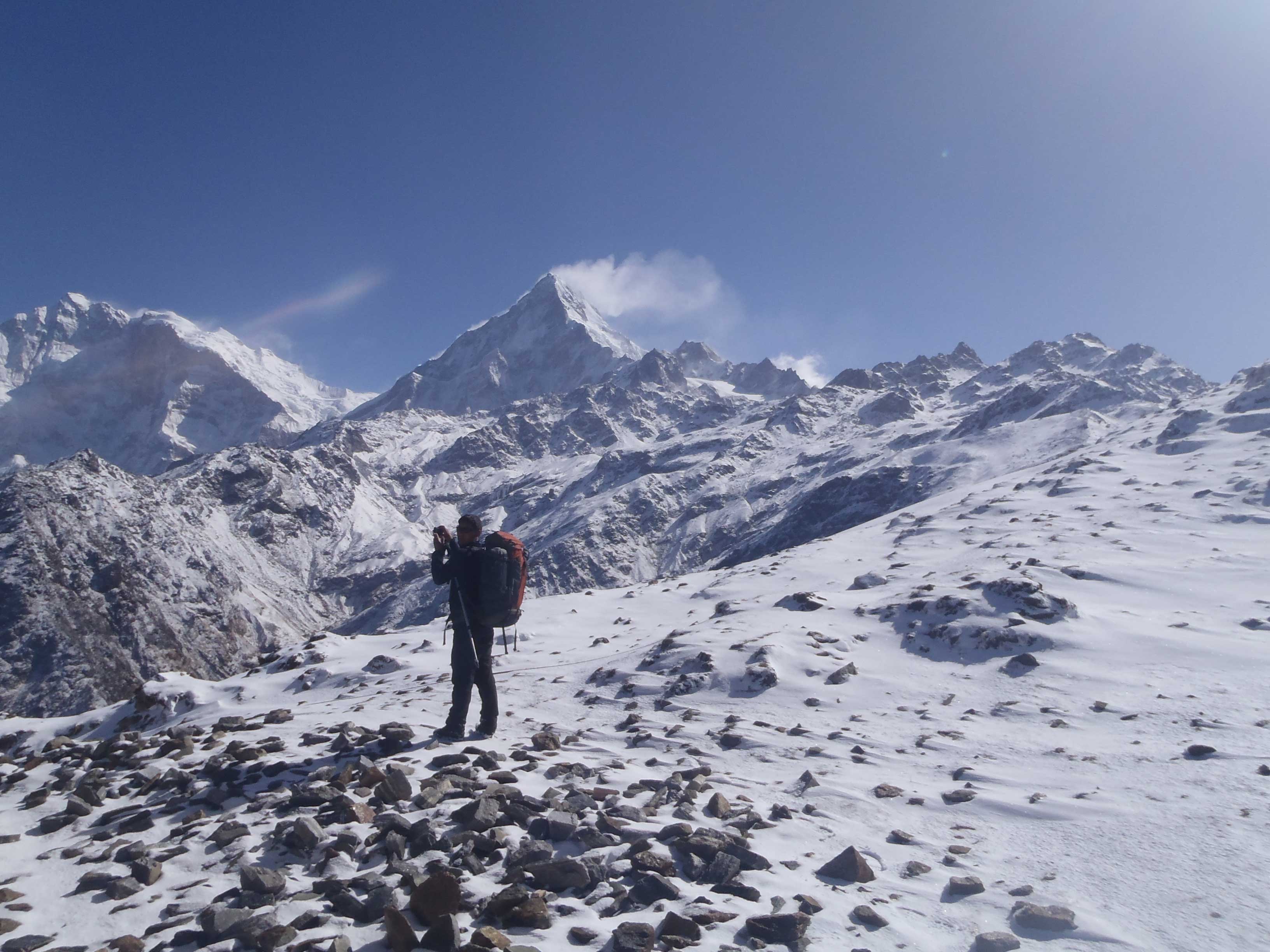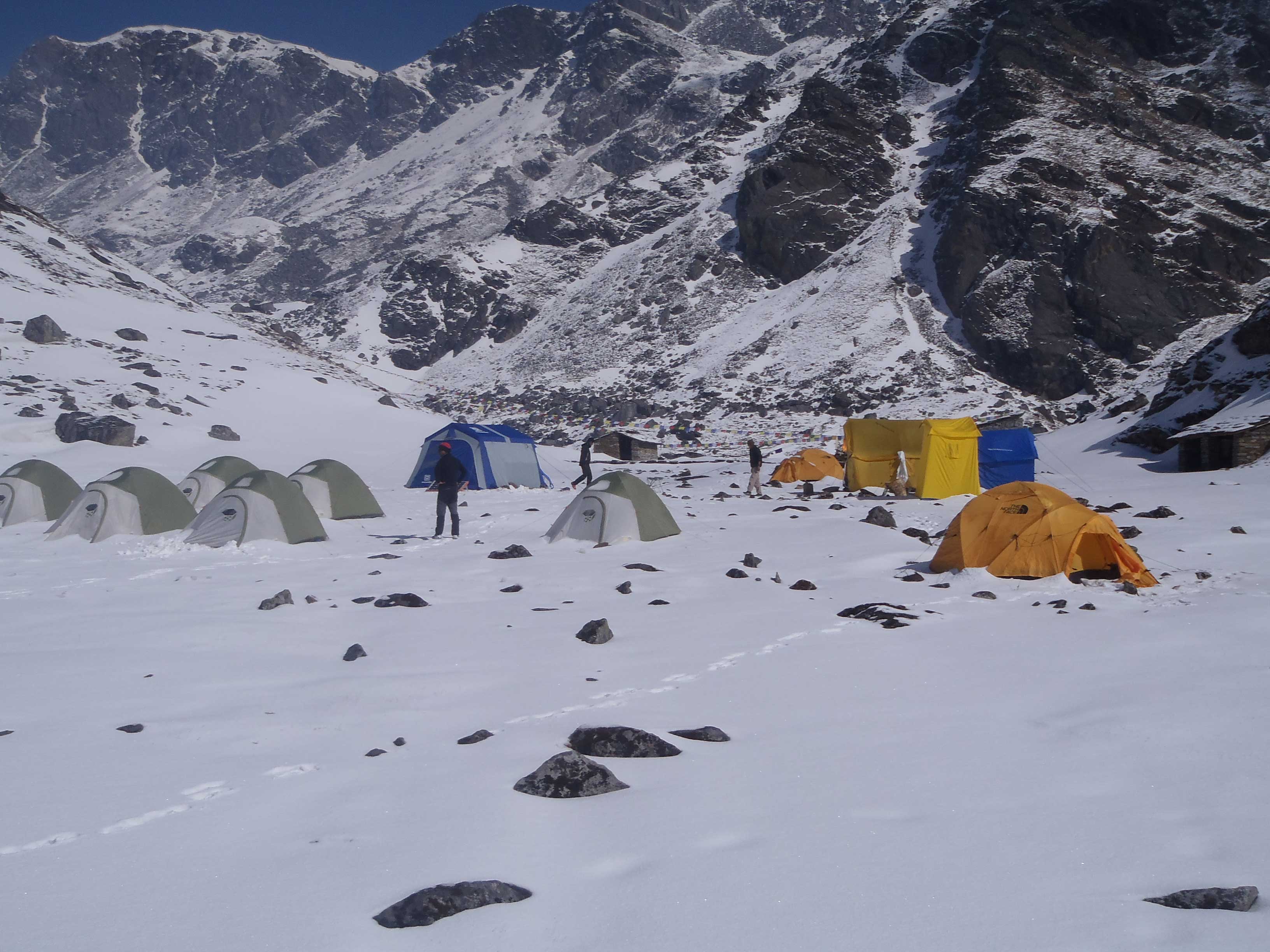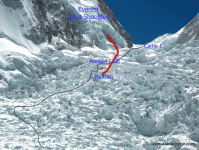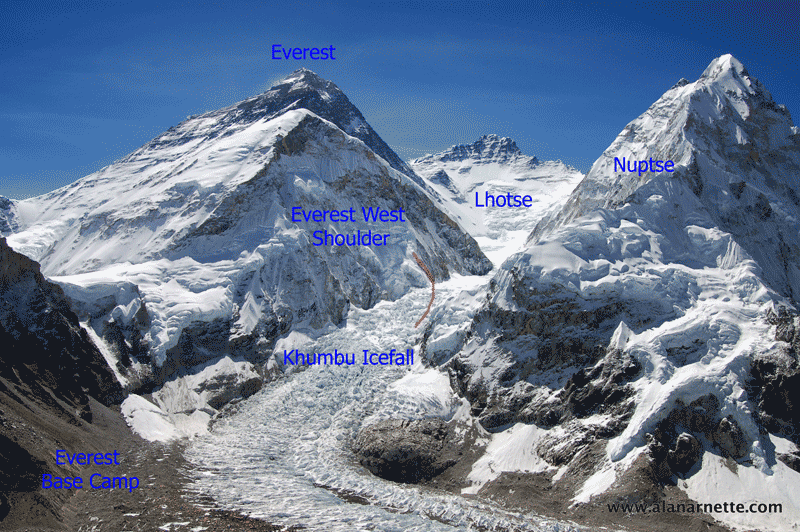The government has made amendment to Mountaineering Regulations, allowing mountaineers, who took individual permits to climb Mt Everest in spring last year, to use the permit over the next five years.
Earlier, the government had extended validity of only group permits. But the decision had draw flak from mountaineers who said it was not possible for all members in the team to gather at the same time for the expedition. Minister of General Administration Lal Babu Pandit said that the cabinet has decided to allow individual climbers to use their climbing permits over the next five years.
A total of 334 climbers of 32 expedition teams, including a Nepali team, had received permits to climb Mt Everest last year. The climbers, however, are required to pay US$ 1,000 to the Department of Tourism (DoT) based on the new royalty structure. The government reduced royalty fee for foreigners climbing Mt Everest from normal route, also known as the South East Ridge, to $11,000 per person from $25,000 per person with effect from January1, 2015.
All expedition teams called off their expedition after a deadly avalanche near Camp II of Mt Everest killed 16 Sherpa guides in April last year. “With the amendment in Mountaineering Regulations, we are hopeful that the number of mountaineers on Mt Everest will increase this year. We will see new climbers as well as those who had cancelled their trip last year,” Pushpa Raj Katuwal, chief of Mountaineering Section at DoT, told Republica.
According to Katuwal, the government has issued climbing permits to five teams so far. Meanwhile, DoT will send two liaison officers who will man the government’s contact office at the Everest Base Camp for the entire climbing season. The government has already prepared Terms of Reference (ToR) for the liaison officers.
“With this arrangement, we believe climbers will feel much safer. Also, they can get the required information in time,” he added. The liaison officers will provide weather updates, coordinate rescue operations in case of emergencies and settle disputes arising among climbing parties.
The government has changed climbing route slightly this year to avoid the where avalanche hit mountaineering workers last year. According to the department, climbers will have to deviate around 40 meters right of the regular trail which will extend the trip to Camp I by around two hours.
“In case the government reduces climbing permit fee in the next five years, we will refund the climbers accordingly,” Tulsi Prasad Gautam, director general of DoT, said.
Source: Republica





